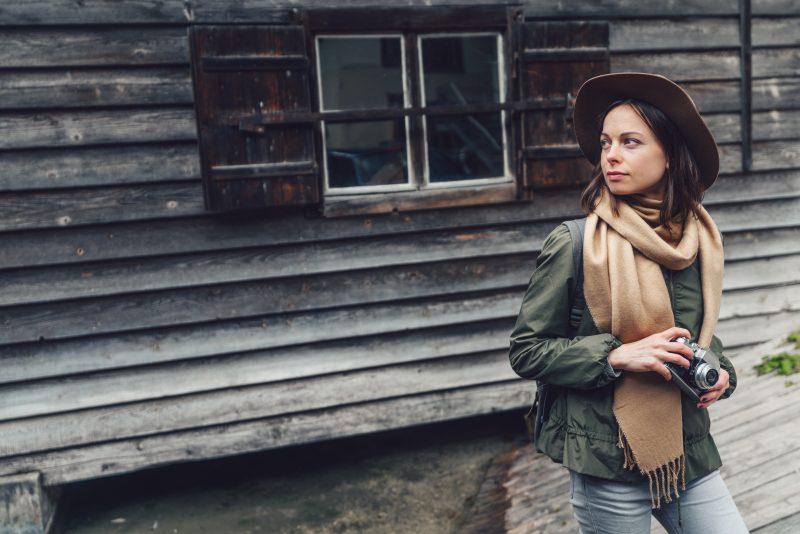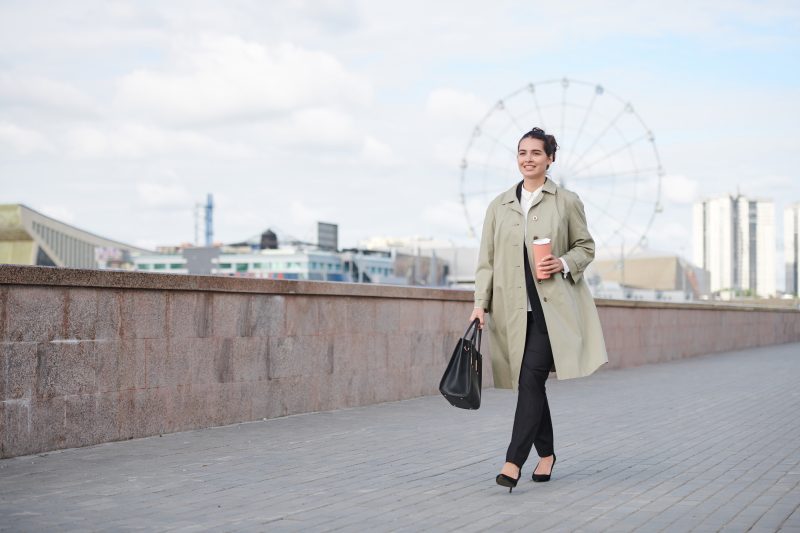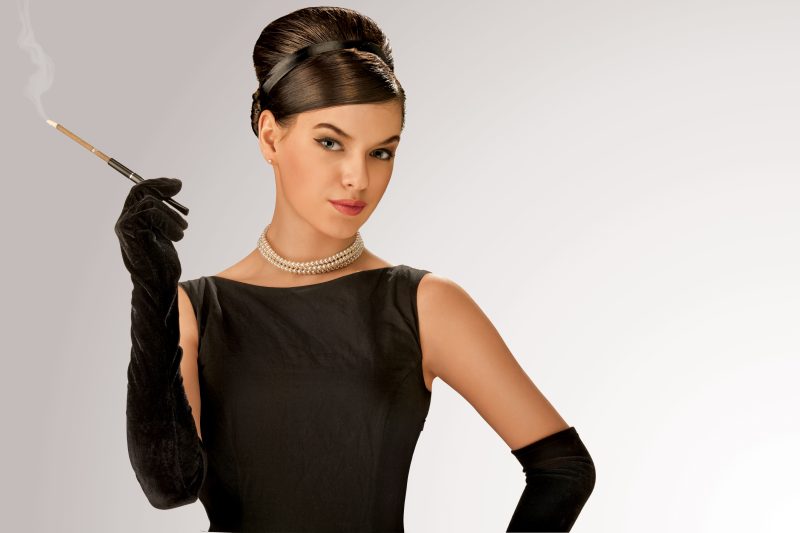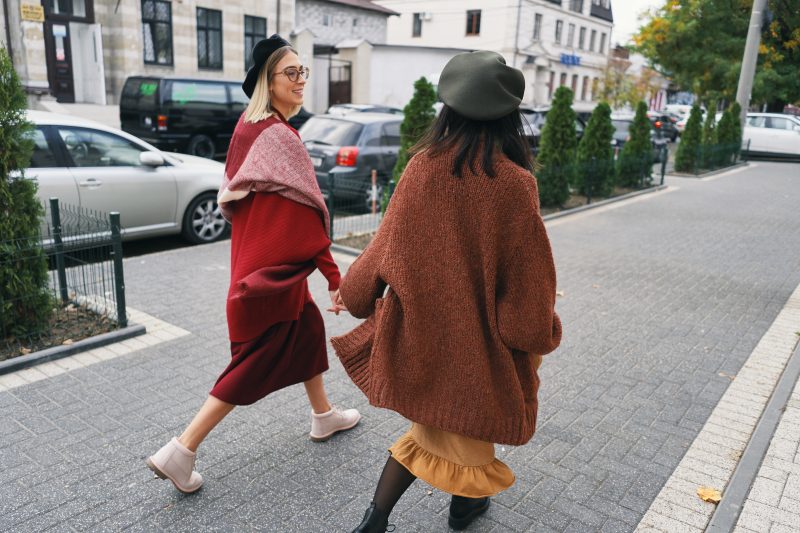I’ll never forget the look on my urban-dwelling friend Zoe’s face when I picked her up from the train station for a weekend at my parents’ place in rural Yorkshire. She’d emerged from the carriage wearing what can only be described as a costume: brand new Hunter wellies (still with the price tag hanging off one heel), a waxed Barbour jacket with the collar flipped up, a tweed flat cap, and—I swear I’m not making this up—a silk scarf printed with pheasants. She looked like she was about to ask where one parks one’s horse.
“What?” she’d said defensively, catching my poorly concealed smirk. “I thought this was proper country attire!” What she meant, of course, was that she’d somehow confused “visiting a friend’s parents in a village” with “attending a shooting weekend at a royal estate.”
She’d gone full Balmoral, when all she needed was… well, normal clothes that could handle a bit of mud and rain.
British country style has long been trapped in this strange amber of aristocratic references—all Tatler-approved tweeds, heritage brands, and equestrian motifs that seem more appropriate for stalking deer across a Highland estate than walking the dog around the local reservoir. Don’t get me wrong, I appreciate the quality and practicality of many traditional country garments (a good waxed jacket really will last decades), but the wholesale adoption of what is essentially royal-approved countryside costume always feels a bit… affected. Especially when it comes with brand new, pristine versions of supposedly hardworking garments.
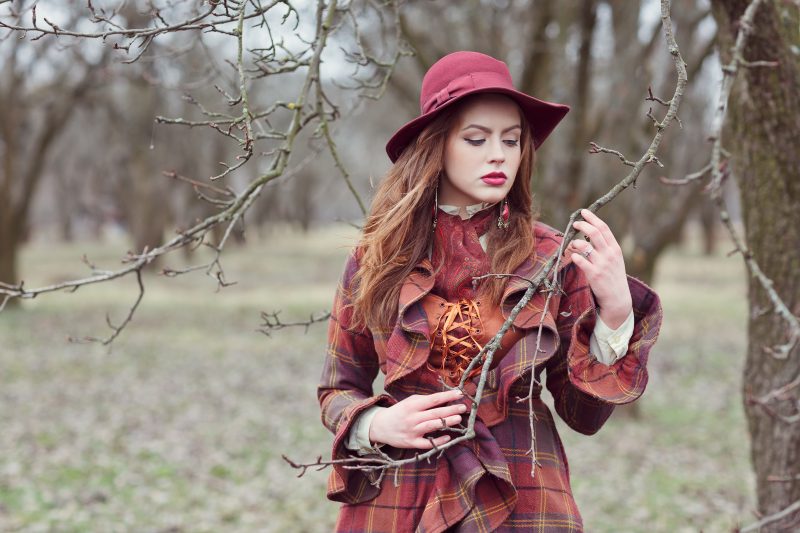
The reality of modern rural British life is far more nuanced and interesting than this limited aesthetic suggests. Contemporary country dwellers—whether they’re farmers, commuters, artists, or tech workers who’ve fled urban centers—have developed a style that acknowledges countryside practicalities while feeling current rather than calcified in amber. It’s country style for people who occasionally visit cities and own smartphones, not for those who appear to have stepped out of a sepia-tinted shooting party photograph from 1923.
I’ve spent enough time bouncing between London and my family’s base in Yorkshire to observe how this more authentic, less costume-like country style actually works. Last spring, I stayed with my friend Emily, who runs a small ceramics business from her converted barn in the Cotswolds. Her wardrobe was a masterclass in modern rural dressing—practical without being painfully traditional, stylish without being impractical for muddy walks and studio work.
The foundation of her look was quality knitwear—not the novelty country sweaters with fox motifs or purple sheep, but substantial merino and lambswool pieces in solid colors that could be layered according to the temperature (and in the Cotswolds, you need layers for those stone buildings, regardless of season). She had a particular navy cardigan from a small Scottish knitwear brand that had beautiful horn buttons and a slightly oversized fit—perfect for throwing over everything from summer dresses to work shirts.
When I complimented it, she showed me the worn patches on the elbows. “Three years of constant wear,” she said proudly. “I’ve had the elbows rewoven twice.” This, I realized, is the true essence of modern country style—investing in quality pieces that actually get worn and repaired rather than preserved as pristine countryside costumes for occasional use.
Emily’s approach to outerwear was similarly practical but distinctly un-costumey. Yes, she had a waxed jacket, but it wasn’t the ubiquitous sage Barbour with the corduroy collar that screams “I’m cosplaying as a member of the royal family at Balmoral.” It was from a small British manufacturer, in a deep navy rather than traditional green, with minimal branding and a more contemporary cut. It looked like an actual functional rain jacket rather than a heritage statement piece, and it showed signs of genuine, regular use.
“The problem with traditional country style,” Emily explained as we walked her Border Terrier across rain-soaked fields that afternoon, “is that it’s become a uniform rather than a practical response to rural living. People buy the ‘correct’ brands as a shorthand for belonging, rather than finding what actually works for their lifestyle.”
This performative aspect of traditional British country dress is perhaps most obvious in footwear. Yes, good Wellington boots are essential for genuinely muddy conditions, but the pristine, just-out-of-the-box Hunter boots that have become ubiquitous at festivals and on city streets during light drizzle are more status symbol than practical choice. Emily’s approach was refreshingly different—she had proper mud-caked wellies by the door for actual farm work and dog walking, but for everyday village life and slightly damp conditions, she wore well-made leather boots that could be wiped clean and would last for years.
“I think modern country style is about honesty,” she reflected as we warmed up with tea back at the barn. “It’s clothes that genuinely work for your life rather than signaling your aspirations or affiliations.” Her small collection of well-made, well-worn garments felt authentic in a way that whole-outfit-fresh-from-the-pages-of-The-Field never could.
This more contemporary approach to rural dressing isn’t about rejecting practicality—quite the opposite. It acknowledges that countryside living requires clothes that can handle the elements, but it does so without the costume-like adherence to traditional signifiers.
Take my cousin Nathan, who manages a farm in Northumberland. His working wardrobe consists of tough canvas trousers that can handle barbed wire and brambles, layered merino tops that provide warmth without bulk, and technical outerwear that’s genuinely waterproof rather than aesthetically “country.” None of it screams “traditional rural attire”—in fact, much of it has more in common with climbing and outdoor sports gear than heritage country clothing—but it’s perfectly suited to the actual demands of rural work.
“I can’t stand those city people who come up here in brand new tweed and pristine leather boots,” he told me last Christmas. “They’re always the ones who end up soaked through and miserable because they’ve prioritized looking the part over actual functionality.” His own off-duty wardrobe consists mainly of well-made basics in hard-wearing fabrics—good jeans, quality knitwear, leather boots that get better with age. Nothing that would look out of place in an urban setting, but everything chosen with durability and practicality in mind.
This more fluid approach to country dressing makes particular sense in Britain, where the lines between urban and rural often blur. With so many people living in market towns or villages but regularly traveling into cities, or urbanites spending weekends in the countryside, a style that can transition between contexts feels more relevant than one that screams “I AM CURRENTLY IN THE COUNTRYSIDE” at full volume.
My friend Leila, a graphic designer who moved from London to a small town in the Peak District during the pandemic, has mastered this transitional approach. “I needed clothes that worked for dog walks in the morning and client Zoom calls in the afternoon,” she explained when I visited last autumn. Her solution? High-quality, minimalist basics in natural fabrics—wool, cotton, linen—that could be dressed up or down as needed. A beautiful charcoal boiled wool jacket from a small British maker that worked equally well over jeans for a countryside walk or paired with a silk shirt for a client meeting in Manchester.
What struck me about Leila’s wardrobe was its quiet quality and versatility. Nothing had obvious branding or screamed “countryside”—no pheasant prints, no horse motifs, no tweed flat caps—but everything was practical enough for rural living while being stylish enough for her professional life. “I think people get too caught up in dressing for a specific context,” she mused as we walked across the misty moors behind her house. “Modern life is more fluid than that.”
This fluidity is perhaps the defining characteristic of contemporary British country style. It acknowledges that few people live entirely rural or entirely urban existences anymore, and that the best clothes can navigate both contexts with ease. It also recognizes that rural Britain in 2025 isn’t a heritage theme park but a living, evolving place where tradition and innovation coexist.
Take the resurgence of British textile manufacturing in rural areas—small mills and workshops producing contemporary designs using traditional techniques. Last summer, I visited a woolen mill in the Welsh borders that’s been operating since the 1800s but now produces minimalist, beautifully designed blankets and scarves that would look as at home in a Shoreditch apartment as in a Cotswold cottage. The mill’s owner, Daniel, has deliberately moved away from traditional patterns to create pieces that honor the heritage of rural textile production without being trapped by it.
“We’re not interested in making heritage reproductions,” he told me as he showed me around the small factory. “We want to make things that respect this tradition but look forward rather than back.” This philosophy seems to perfectly encapsulate modern country style—acknowledging rural heritage while refusing to be constrained by its most recognizable signifiers.
This forward-looking approach extends to sustainability, which has become central to contemporary rural fashion. While traditional country clothing was often naturally sustainable due to its quality and longevity, modern interpretations are making this commitment more explicit. Local wool, natural dyes, repair services—these elements are becoming increasingly important to brands catering to the new rural aesthetic.
My colleague Sam, who moved from Manchester to a smallholding in Wales five years ago, has assembled a wardrobe almost entirely from small, sustainable British brands and secondhand pieces. “When you live closer to the land, you become more conscious of your impact,” she explained during my visit last year. Her approach to country dressing involves a lot of natural fibers, repairs and patches, and pieces chosen for versatility rather than specific “country” credentials.
The result is a look that feels authentic and personal rather than purchased as a complete “countryside wardrobe.” A vintage men’s fisherman’s sweater paired with modern workwear trousers. A beautifully made linen shirt that works for gardening or hosting friends for dinner. Rain boots chosen for functionality rather than brand name, worn with hand-knitted socks from a local maker. Nothing matches in the traditional sense, but everything works together in a way that feels genuine rather than contrived.
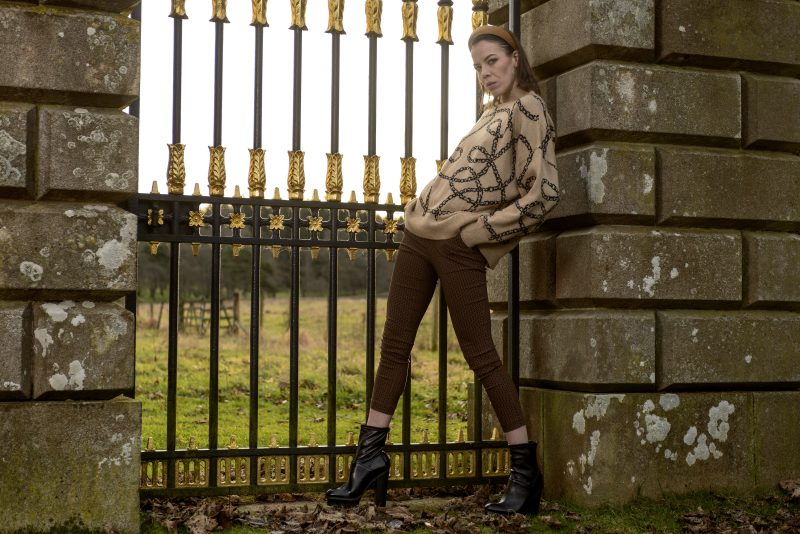
This authenticity is really the key difference between traditional Balmoral-esque country style and its more modern interpretation. The former is about adhering to established codes and signals, about fitting in with a particular rural ideal that’s deeply tied to class and tradition. The latter is about responding honestly to the actual demands of contemporary countryside living, which might include Zoom calls, farmers’ markets, school runs, and muddy walks—often all in the same day.
So if you’re looking to embrace modern British country style without going full royal-at-Balmoral, here’s my advice: invest in quality basics that can handle the elements but don’t scream “countryside costume.” Think durable natural fabrics, layers that can adapt to Britain’s endlessly changeable weather, and pieces that can transition between contexts without looking out of place.
Look for smaller British brands that are reinterpreting rural traditions rather than simply reproducing them—there’s a wealth of interesting makers combining heritage techniques with contemporary design sensibilities. And perhaps most importantly, choose clothes that you’ll actually wear regularly and that can be repaired rather than replaced—true country style has always been about longevity and function over fashion and status.
The next time Zoe visits (yes, she’s been invited back despite the pheasant scarf incident), I’ve told her to pack exactly what she’d wear in London, just with an extra jumper and some boots that can handle mud. “But what about my new tweed cape?” she texted last week. I had to break it to her gently—unless she’s planning to attend the Highland Games with the royal family, she might want to leave that particular purchase at home. Modern country style may be many things, but a costume it definitely isn’t.
